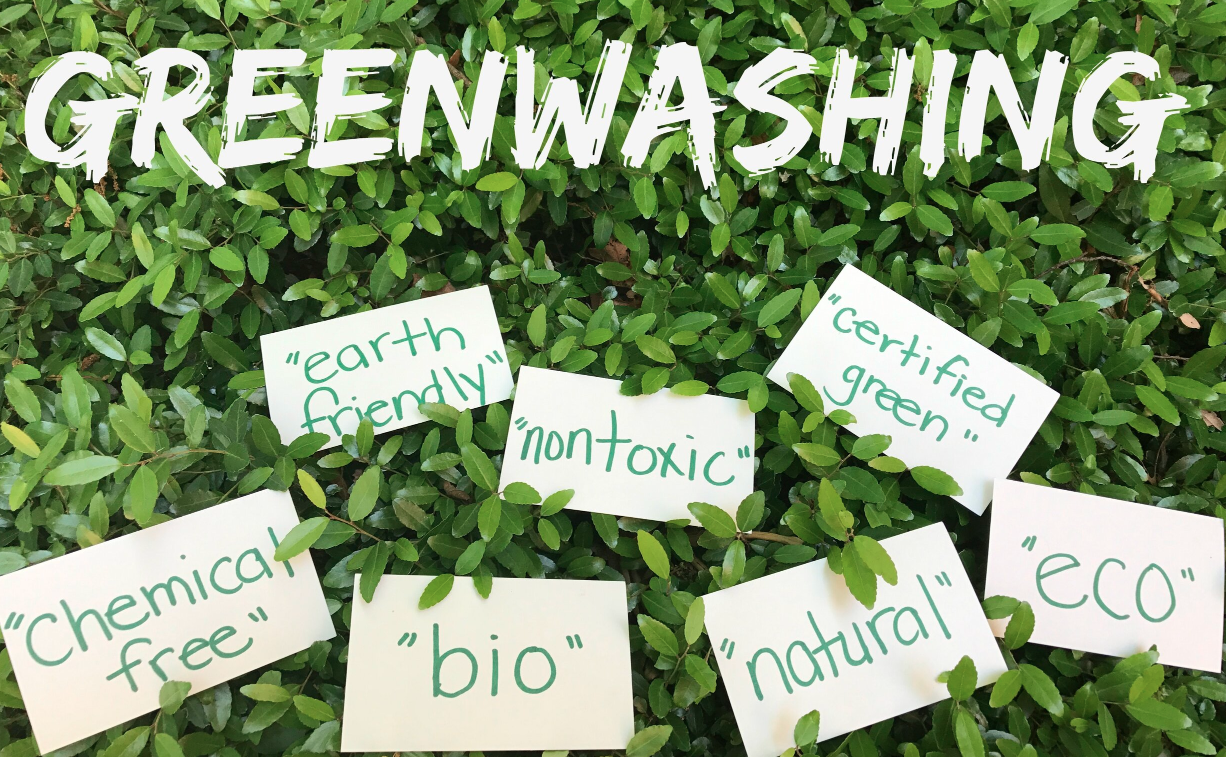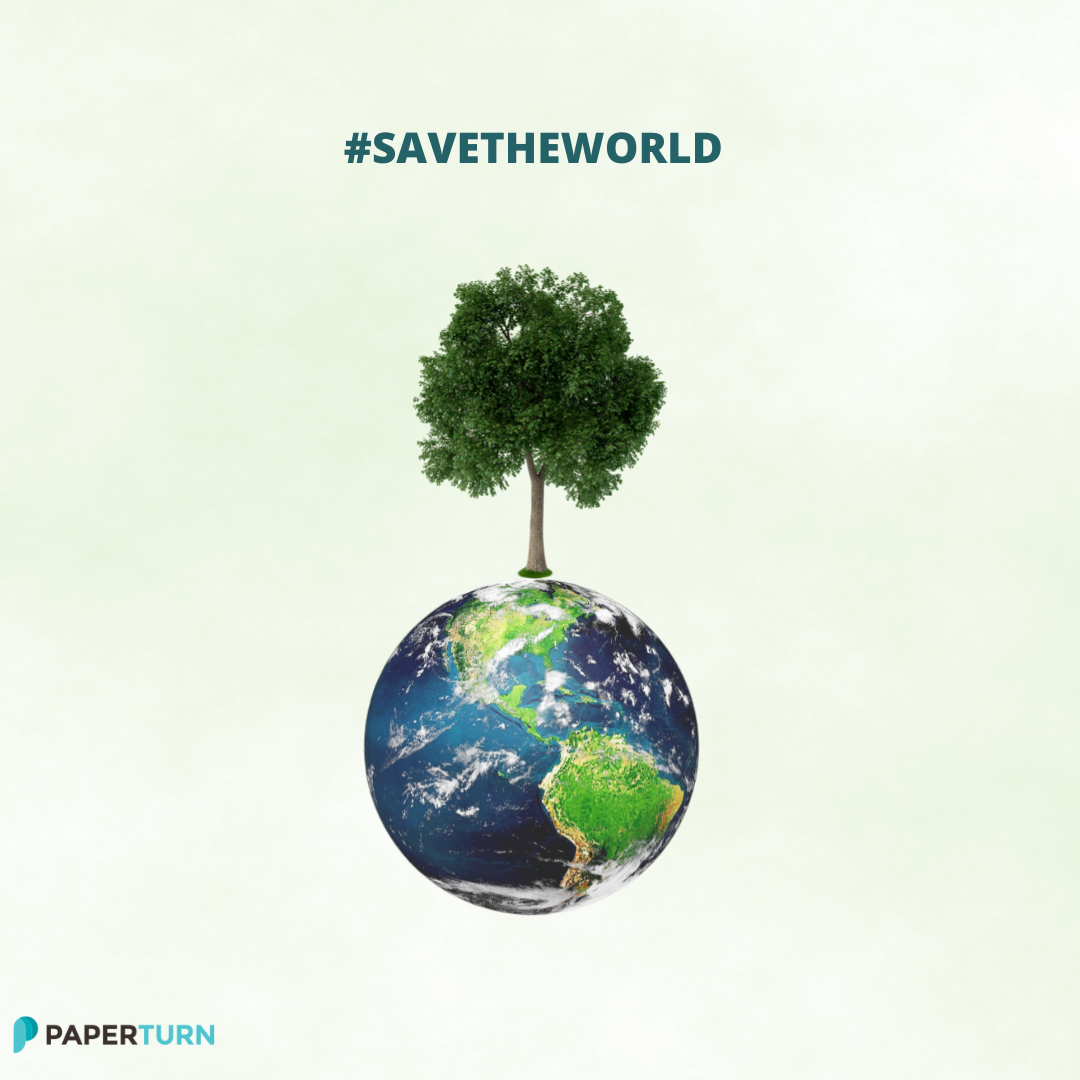Greenwashing vs Green marketing - What’s the difference?
Table of Contents
Greenwashing vs green marketing
Where did the term greenwashing come from?
4 Ways greenwashing will damage your brand
Learn how to identify and avoid greenwashing
It's evident that sustainability is a hot topic right now. The words “eco-friendly” and “green” are being used today more than ever. Are you actually buying green products, or are they just words?
Greenwashing makes brands appear more sustainable than they actually are. It means branding something as "eco-friendly" when it’s not.
So, let's dive into the world of green marketing and greenwashing.
Green marketing vs Greenwashing
Green marketing is honest, transparent, and the products or services of brands that do green marketing follow these standards:
Free of toxic materials or ozone-depleting substances;
Made from recycled materials or recyclable;
Made from sustainable resources;
Manufactured in a sustainable fashion;
Avoid using excessive packaging;
Designed to be reusable, and repairable rather than being thrown away.
Companies committed to sustainable development and corporate social responsibility (CSR) are more likely to engage in green marketing. More businesses are attempting to adopt sustainable business methods. They recognize that they can make their products more attractive to consumers, while also reducing expenses in packaging, transportation, energy, water usage, and more.
Greenwashing is a barrier to sustainable development. Intentionally (or unintentionally) spending more time and resources on advertising sustainability rather than actually implementing environmentally friendly practices. Simply put, it’s talking the talk without walking the walk. Unfortunately for us, 98% of green-label products are greenwashed.
Where did the term "greenwashing" come from?
The term "greenwashing" was first used in 1986 by Jay Westerveld, an American environmentalist and researcher. Greenwashing was initially used to describe a practice adopted by a beach resort in Samoa, where they provided reusable towels as a way to help the environment. Meanwhile, the resort was expanding further and further into the local land. Nowadays, however, the word has a much broader meaning.
4 ways greenwashing will damage your brand
Greenwashing can take many different forms, from creating product labels in a way that consumers don't notice when information about dangerous chemicals or methods is missing, to major campaigns that present businesses as being ecologically friendly brands. In other words, it's called "greenwashing" when a corporation invests more money into claiming to be ecologically friendly and promoting this fact than it does into actually reducing its environmental impact. Although greenwashing will have an impact on a company's reputation and eventually their earnings, it will also have an impact on consumers and might have huge consequences on the green movement and how much people believe in it.
The following are just a few of the risks and negative effects of greenwashing:
Encouraging consumer scepticism
If consumers believe that businesses are misleading them, they may stop trying to use natural and eco-friendly products to reduce their influence on the environment. Consumers may begin to believe that their efforts will be ineffective and stop buying anything at all if they lose trust in a service or product.
Damaging the environment
One of the most obvious and significant risks is that businesses and consumers can get so concerned with the politics of greenwashing that they lose perspective of the environment's actual harm. Companies may eventually give up when they learn that other companies are claiming to be green, in order to profit more. This can create a chain of more and more companies pretending to be green in order to reap the benefits. This, of course, does more harm than good.
Lowering consumer power and wasting their money
Nobody likes to be taken advantage of when paying for services or goods. Customers that are concerned about their purchases and the environment are typically willing to pay more for them. The last thing a customer wants to do is spend money with a business that “claims” to be supporting the environment (and, thus, may be asking for a premium price), when in reality, it's just dishonest marketing.
Sales and company reputation
When a company engages in greenwashing and customers eventually catch on, the damage to the company's reputation is often worse than simply trying to be environmentally friendly in the first place. More and more companies are realising that greenwashing, in a world where consumers have heaps of access to quality background information, is not worth the risk.
Greenwashing examples: 10 stand-out cases
.
Innocent: Insincere TV adverts
Keurig: Misleading recycling claims
Ikea: Accredited illegal logging
Windex: Misleading plastic packing claims
H&M: Insincere sustainable fashion claims
Hefty: False representation of the product
Ryanair: False low-emissions claims
Quorn: Unverifiable carbon-footprint claims
Shell: Gaslighting of the general public
Unilever: Unclear environmental claims
KLM: Misleading carbon-neutral claims
For more information about all examples click here.
Learn how to identify greenwashing and how to avoid it. Here are a few tips:
# Be cautious of products that make generic claims like "100% natural” or “environmentally friendly" without providing any proof or context.
# Products with irrelevant claims, such as "CFC-free," should be avoided (CFCs were banned more than 20 years ago).
# Look for a seal or certification mark from a recognized, independent third party that specialises in green claims. Easy!
# Take a look at the packing: while a product may be green, is the packaging green as well?
# Don’t be misled by pretty pictures or the use of earth-friendly colours on product labels. Even though some of McDonald's or Coca Cola's logos are green, they are not eco-friendly.
# Question percentage claims, such as “This product contains 50% more recycled content.” Fifty percent more than what?!
Go paperless with PaperturN!
Using less paper with Paperturn is a great way to be more sustainable and environmentally friendly. Going paperless has clear advantages. There is less pressure on the environment and decreased reliance on physical resources which results in serious savings. However, there is so much more to it! Creating a culture of environmental awareness requires effort and constant management.
Have you thought about what happens when you print out thousands of copies of a magazine, catalogue, newsletter etc.? It results in a whole lot of paper and money waste. Instead, why not have the possibility to overwrite anytime or share it wherever? Paperturn flipbook software provides you with a user-friendly interface that enables you to make flipbooks online. Flipbooks are an innovative way to present engaging and interactive content, to create an overall, more pleasurable viewing experience. All you need to do is upload a PDF file and Paperturn creates the HTML5 flipbook for you, in under a minute!
Paperturn has no limit on the number of pages and gives you up to 512 MB in PDF file size. This supports all your publishing needs without any use of paper.
Check out our video and read our Whitepaper on Environmental Sustainability and Digital Publishing to learn more about how Paperturn ticks the “sustainability box”:
Conclusion
Look for real certifications displayed on labels to make sure you're purchasing green products. If you run a business and want to highlight your sustainability efforts, you must get official certification that you can promote on your product and website.
It's not easy switching up your habits to greener ones as you try to navigate your day-to-day. While some businesses are implementing better practices to become more transparent and sustainable, others decide to take advantage of environmentally sensitive customers by adding a green label without performing the necessary effort.






